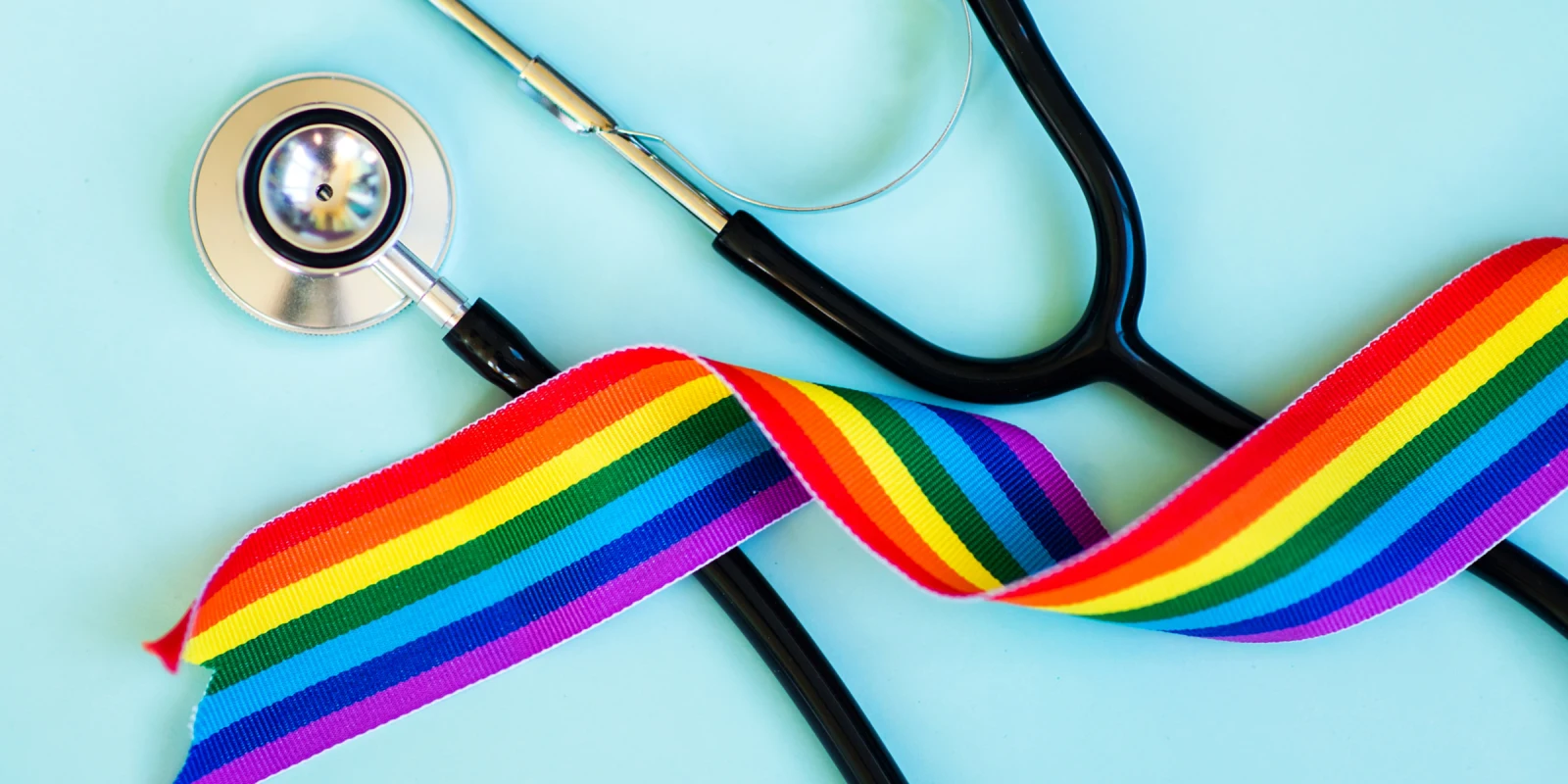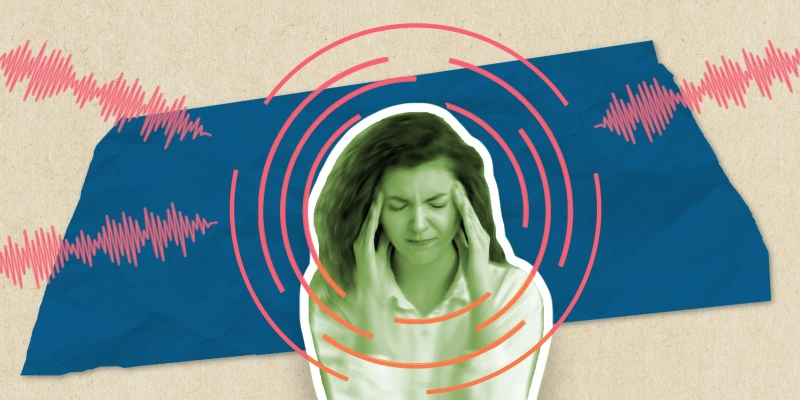"Don’t take the main entrance into the hospital. Don’t wear your badge. Don’t appear as if you work in the hospital at all. Blend in.”
This sobering advice came from hospital leadership two years ago as a campaign of misinformation took hold on social media, politicizing evidence-based mental health and medical treatment for young transgender people. That morning, as I shimmied into my usual pair of worn hospital scrubs, I felt a knot of fear tighten in my stomach. The weight of that warning: I shouldn’t enter through the front doors, wear my rainbow lanyard, or draw too much attention to myself. As the morning wore on, anti-LGBTQ+ protestors gathered outside of the hospital’s main entrance. I felt afraid – not just for my safety but for my patients who identify within the LGBTQ+ community. There was a sadness that enveloped that day with the realization that the commitment of pediatricians to care for and affirm the identities of their patients could put both patients and clinicians at risk.
As pediatricians, our role goes beyond vaccinations, growth charts, and well-child exams. We are often among the first adults young patients trust with their dreams, fears, and emerging identities. For LGBTQ+ youth, this journey can be especially challenging, underscoring our duty to be both skilled medical professionals and compassionate allies.
The American Academy of Pediatrics defines gender-affirming care as a model that provides developmentally appropriate care oriented toward understanding and appreciating the youth’s gender experience. Through a supportive, nonjudgmental partnership, pediatricians can facilitate the exploration of gender identity that allows LGBTQ+ youth to express themselves in a safe environment alongside supportive medical, mental health, and social resources.
I’ll never forget a patient named Spade. When we first met, Spade identified as cisgender, using she/her pronouns. Like many teens, Spade grappled with the expectations and complexities of adolescence. But, as time passed, I noticed them growing more withdrawn.
Finally, in a quiet moment during one well-child visit, Spade shared they were no longer comfortable identifying as a girl and wanted to start using they/them pronouns. They hesitantly asked if I could help them find a chest binder.
For Spade, this was more than a request – it was an act of trust. And for me, it was a wake-up call to navigate my gaps in knowledge of existing community resources to best support them. Their parents, although loving, struggled to understand what their child was going through, and Spade felt isolated. For so many LGBTQ+ youth, the risk of being misunderstood, even by well-meaning adults, can fuel profound loneliness and pain. Gender-affirming care for these young people is not just a matter of health. It’s a matter of survival. The evidence is clear: LGBTQ+ youth experience higher rates of discrimination, bullying, mental health conditions, homelessness, substance abuse, and more. Recent research shows that access to gender-affirming care significantly improves mental health outcomes for LGBTQ+ youth, reducing rates of depression and suicidal ideation. By providing this care, physicians are not only addressing immediate health needs but also offering the support that can help patients like Spade thrive.
In the months that followed my conversations with Spade, I remedied the gaps in my knowledge of gender-affirming care. I witnessed Spade’s confidence grow as they explored their gender identity. We discussed mental health resources, community groups, nonprofits that offer chest binders, and ways to communicate their needs to their parents. Small steps, like the reassurance of having an ally and access to resources, helped Spade feel seen, safe, and supported.
But their experience underscored a critical need: every pediatrician should be equipped to support LGBTQ+ youth fully and competently.
To address this need, pediatric residency programs must prioritize education in gender-affirming care. Integrating LGBTQ+ health modules in medical schools and residency programs is essential to equip future physicians with the knowledge to provide affirming, informed care. Continuing medical education on LGBTQ+ health should also be widely available. Collaborating with LGBTQ+ advocacy groups and community centers can strengthen pediatricians’ networks, making it easier to connect families with supportive services. Pediatricians play a key role in creating safe spaces for youth and families to ask questions and voice concerns. As pediatricians, we promote children’s self-worth and should advocate for safer community spaces, including hospitals and clinics, where children can navigate their identities. It is also important to obtain confidential, developmentally appropriate psychosocial histories from adolescent patients and use their responses to guide conversations encouraging exploration and resilience.
The suggestion to blend in, to avoid being seen as doctors committed to gender-affirming care, felt surreal in that moment two years ago. Yet, this moment reminds me that pediatricians must stand visibly as allies.
It's a choice I stand by today, just as I did then when I walked past the anti-LGBTQ protestors into the hospital wearing my rainbow lanyard with pride.
Have you had a time when a patient interaction elucidated gaps in your knowledge? What were they, and how did you fix them?
Dr. Tasia Isbell is a Harvard-trained general pediatrician in Phoenix, AZ. She enjoys cycling, traveling, and using writing as a tool to advocate for children's health equity. She tweets at @DrTasiaIsbell. Dr. Isbell was a 2023–2024 Doximity Op-Med Fellow and continues as a 2024–2025 Doximity Op-Med Fellow.
Image by Oxana Baz / Shutterstock







